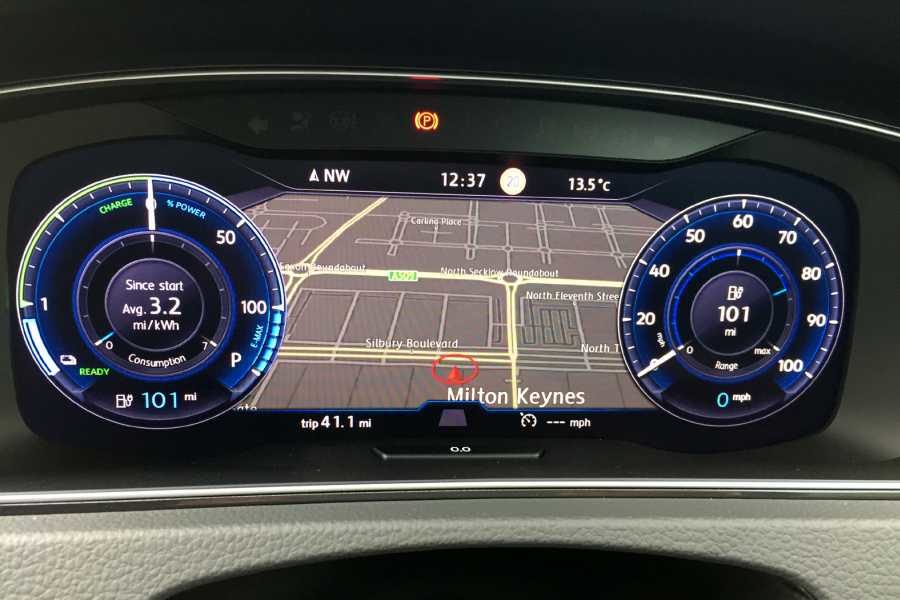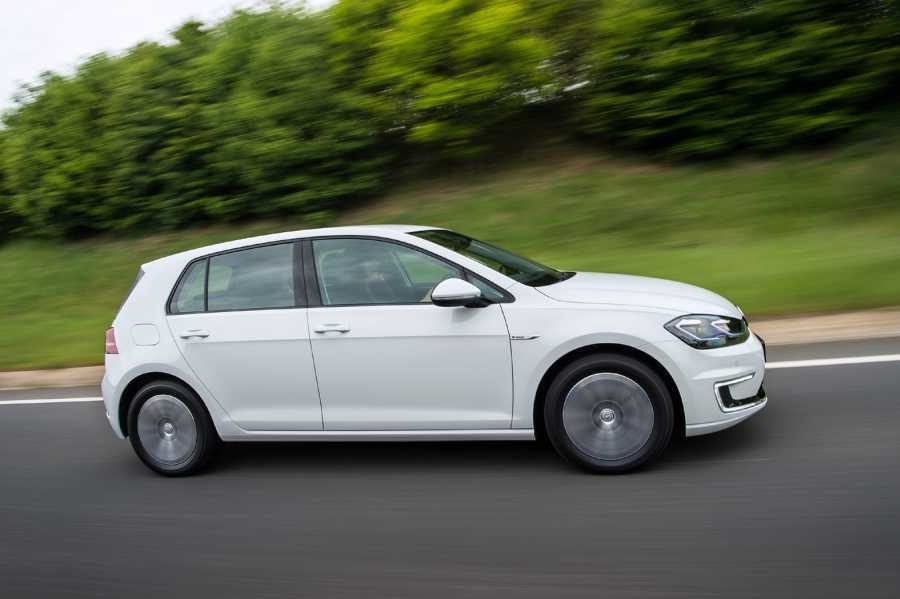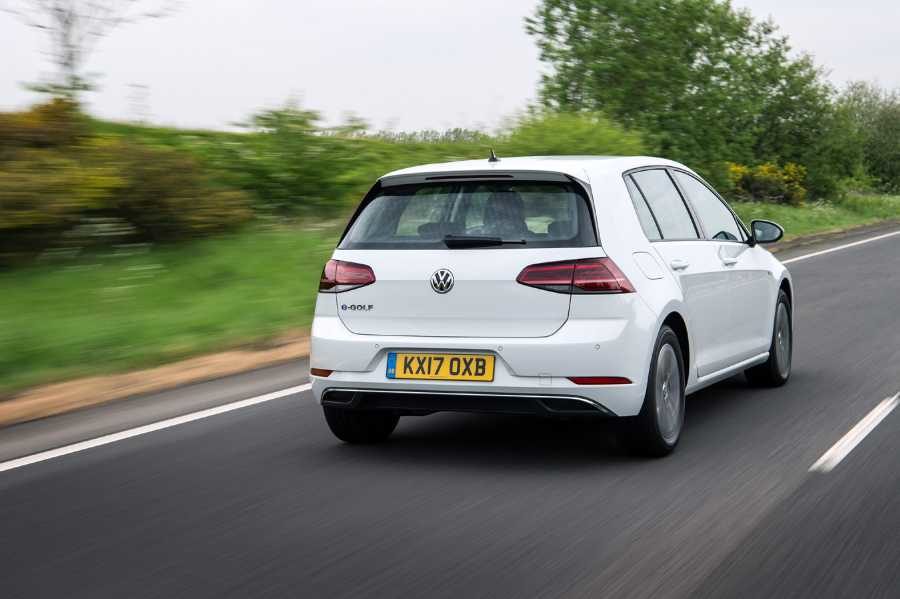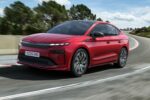Featured · First Drive · Reviews · Volkswagen
The electric revolution – VW takes charge
A WORLD in which electric vehicles are the rule rather than the exception may appear lights years away, but it’s dawning – and far more swiftly than many people anticipate.
Of course there’s an army of sceptics out there waiting to be convinced about EVs, and until very recently I was among them.
But a drive in the Volkswagen e-Golf changed all that, wiping away the doubts in the process.
Volkswagen is deadly serious about an electric future.
Only last week the company launched its Electric For All campaign which, it says, will see attractive models put on the road at affordable prices, paving the way for the electric breakthrough.
Key to its ‘electric car for all’ strategy is something called the MEB, or modular electric drive matrix, aimed at transforming the electric vehicle from a niche product into a best seller.
Or as brand Board Member for E-Mobility Thomas Ulbrich says: “The MEB is one of the most important projects in the history of Volkswagen – a technological milestone, similar to the transition from the Beetle to the Golf.”
Volkswagen’s aim is to eventually produce 10 million electric vehicles, based on the MEB platform, across the VW group – including Audi, Porsche, SEAT and Skoda models.
If everything goes to plan the first 150,000 will have been sold by 2020.
The benefits of this electric revolution are far reaching – driving 20 miles a day with an electric car will save £1,630 compared to the cost of driving the same distance in a petrol powered car.
And if the prediction that almost 30 per cent of cars will be electric by 2030 is accurate, it will reduce emissions by 4.4 million tonnes a year – the equivalent CO2 produced by a city the size of Liverpool each year.
For now though Volkswagen is on a roll, topping the UK sales charts for June, July, August and lying second to Ford year to date for the first time.
Its top selling model is the Golf that’s proved so popular over almost 45 years, and the new e-Golf is very similar to the rest of the line-up.
It’s virtually the same inside, shares many technical aspects, is built on the same platform and even comes down the same production line in Wolfsburg, Germany.
Beneath the bonnet of the e-Golf things are different as it has an electric motor, a single-speed gearbox and the batteries are located below the rear bench.
While the car has been certified to have a range of 186 miles the real world figure is more like 125, though aggressive driving will reduce that distance.
But you don’t need to drive in that way to appreciate the e-Golf and have some fun – and it’s down to the instant power delivery electric cars produce.
An electric motor delivers almost 100 per cent of its power and torque immediately, whereas a petrol or diesel engine has to build speed before the engine reaches its optimum torque and power figures.
Total power output is 136PS and the torque figure 290Nm, giving a 0-62mph time of 9.6 seconds and top speed of 93mph.
As for charging, the e-Golf will automatically replenish its batteries when the driver presses the brake pedal, this energy recuperation also happening when the car is coasting, so increasing the range available.
You can also move the gear lever backwards to increase recuperation force and also move from the Normal driving profile to Eco and then Eco+ by pressing the Mode button.
Home charging ranges from the standard three-pin plug to fast charging sockets – for the equivalent of around 2p a mile – and there are 5,800 public charging points across the UK.
The e-Golf really is a joy to drive and having been dubious for so long about electric cars, I have been won over by the Volkswagen.
The car is eligible for the Government’s plug-in car grant which reduces the retail price by £4,500 because it can do more than 70 miles on pure electric drive.
So the tab comes down from £32,730 to £28,230.














